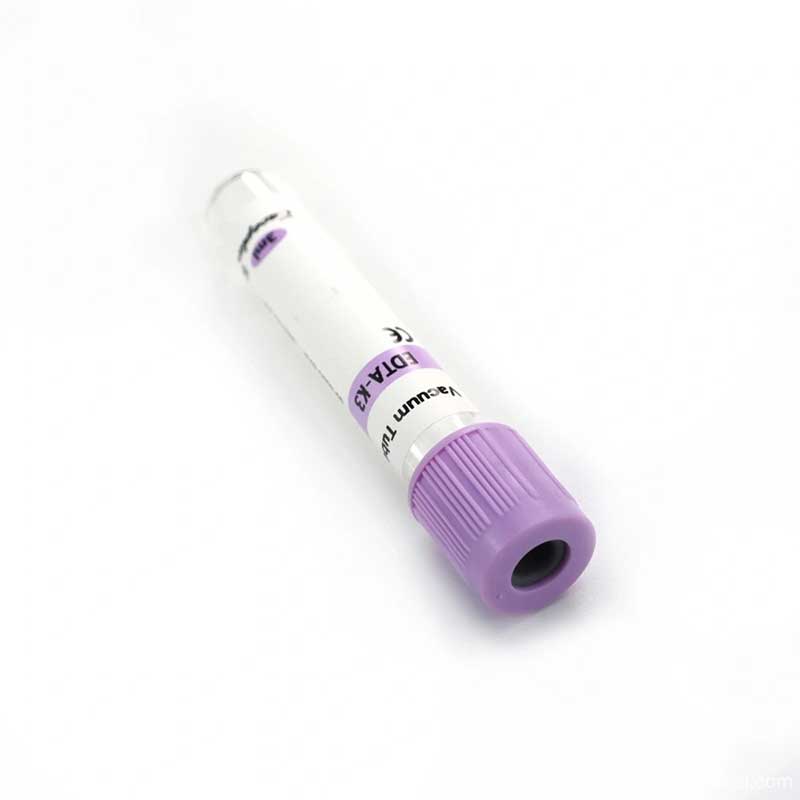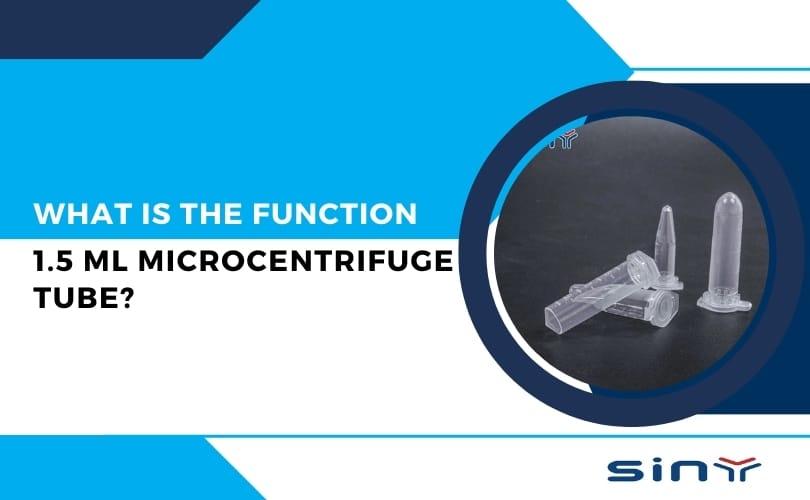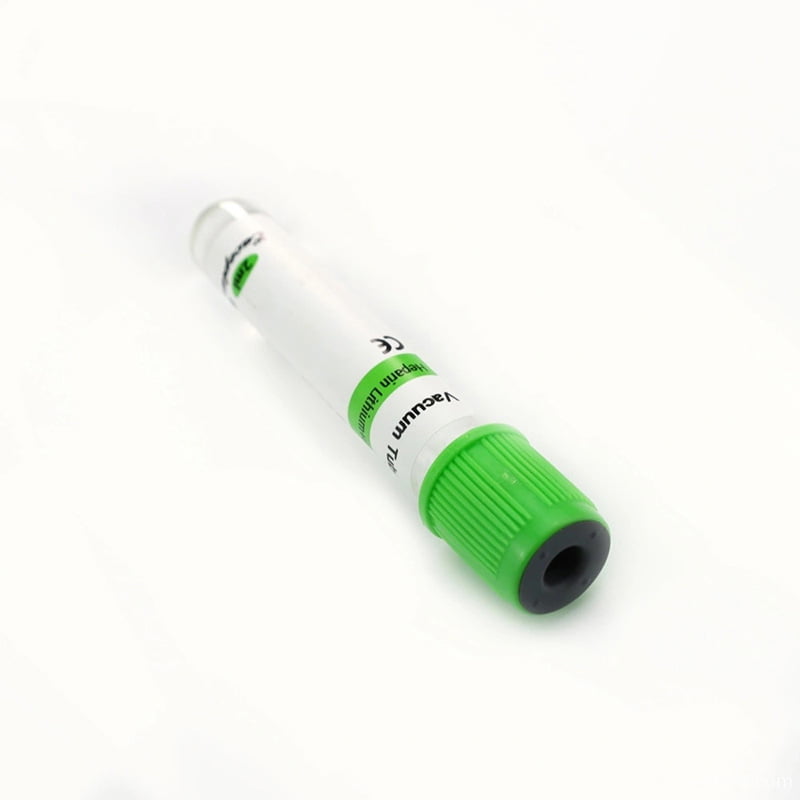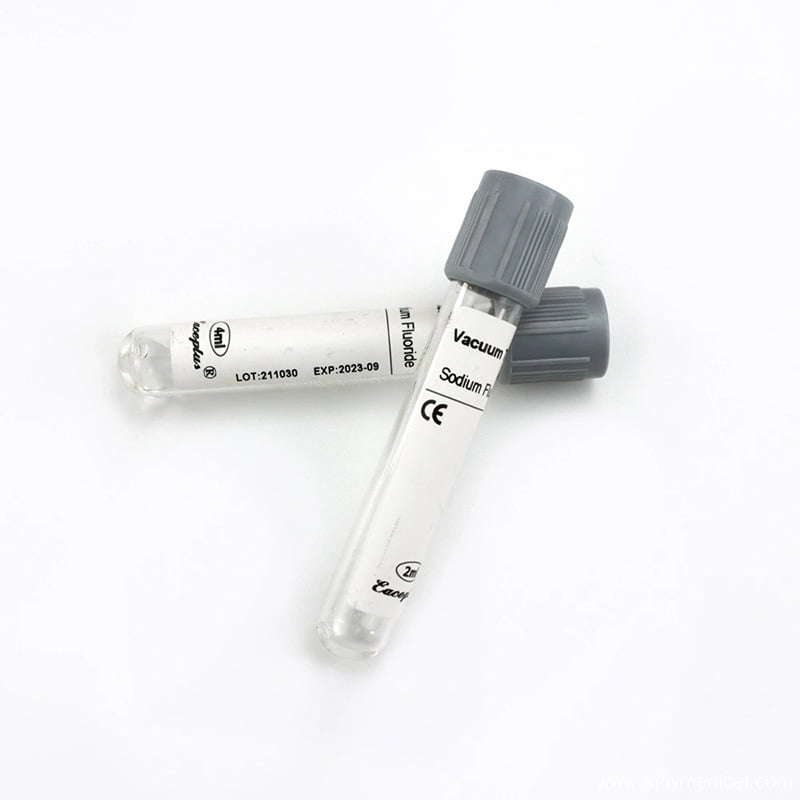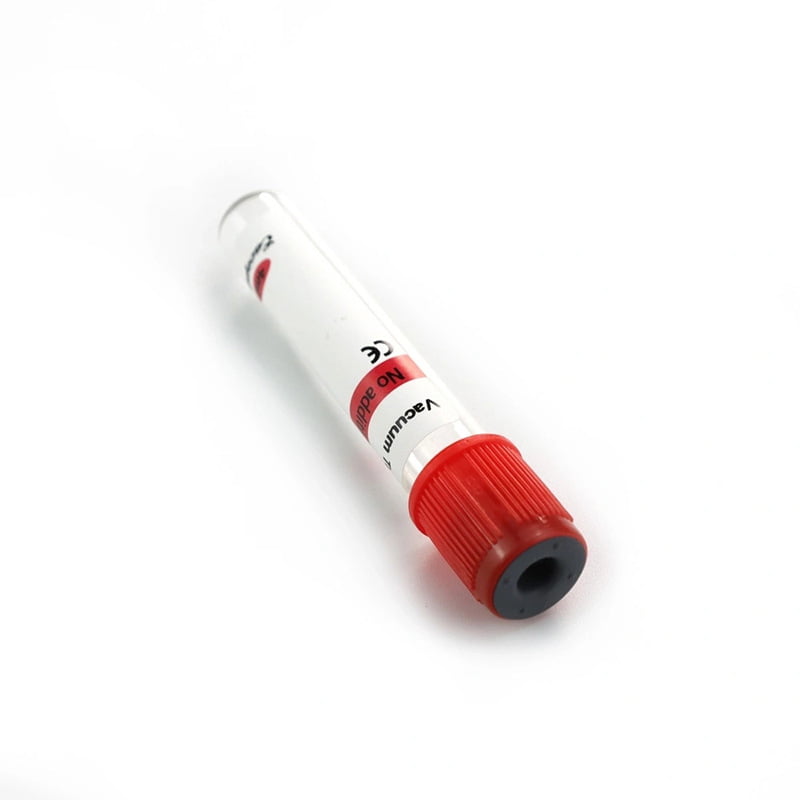PRP stands for Platelet-Rich Plasma Therapy. Platelet-rich plasma (PRP) therapy uses platelets from an athlete’s blood to repair damaged tendons. It has been successful in both relieving pain and accelerating healing.
Blood is used to prepare PRP, which is an autologous product. Besides providing growth factors that support the proliferation of cells within the body, PRP also acts as a scaffold for attaching cells to damaged areas.
Table of Contents
- 1 What is PRP tube?
- 2 Why is PRP treatment getting more attention?
- 3 How does the PRP tube work?
- 4 What are the benefits of PRP therapy?
- 5 Advantages and Disadvantages of PRP Therapy
- 6 Disadvantages of PRP Therapy
- 7 Choosing the Right PRP Tube When selecting PRP tubes, several factors should be considered:
- 8 How do you prepare platelet-rich plasma using PRP tubes?
- 9 Final Summary
- 10 FAQ: PRP tubes
What is PRP tube?
PRP tubes are specialized medical consumables for collecting, processing, and preparing platelet-rich plasma. These test tubes are usually made of glass or plastic materials and undergo strict quality control measures to ensure safety and efficacy. PRP tubes are centrifuged to separate platelets from other blood components, producing a concentrated platelet-rich plasma solution.

Why is PRP treatment getting more attention?
The medical community has paid considerable attention to platelet-rich plasma (PRP) therapy in recent years due to its regenerative properties. PRP tubes play a vital role in this treatment, providing a controlled and efficient method of isolating and concentrating platelets from the patient’s blood. Stimulate autologous cell repair without side effects and are widely used in medicine.
How does the PRP tube work?
A PRP pipe’s working principle revolves around centrifugation. PRP tubes are centrifuged after blood is sucked into them to separate components based on density. The bottom of the blood consists of red blood cells, while the top comprises platelets and plasma.

What are the benefits of PRP therapy?
PRP therapy offers a range of benefits in different areas of medicine.
1. Faster healing: PRP therapy speeds up the healing process by delivering high concentrations of growth factors directly to the injured site. These growth factors stimulate tissue regeneration, resulting in faster recovery and less downtime.
2. Reduce Pain and Inflammation The anti-inflammatory properties of PRP can provide significant relief from chronic pain such as osteoarthritis and tendonitis.
3. Improve skin and hair PRP therapy has shown promising results in improving skin quality and stimulating hair growth. Growth factors in platelet-rich plasma boost collagen production, which enhances skin elasticity, reduces wrinkles and improves overall skin texture.
4. PRP therapy can stimulate dormant hair follicles, promote recovery, and make hair grow thicker and healthier.
5. Treat musculoskeletal disorders: PRP can help tendons, ligaments, and cartilage regenerate by injecting concentrated platelets into damaged tissue. This approach has shown promising results in tendonitis, rotator cuff injuries, and knee osteoarthritis.
PRP Tube Types Different types of PRP tubes are available, each with its characteristics and advantages.

The use of different colors and sizes of PRP tubes
| Tube size & Tube material | Draw Volume(mm) | Additive | Color |
| 16*100mm/PET 16*100mm/Glass 16*100mm/Crytal 16*120mm/PET 16*120mm/Glass 16*120mm/Crytal | 8-15ml | Sodium Citrate | |
| Gel & Sodium Citrate | |||
| HA & Sodium Citrate & Gel | |||
| ACD-A | |||
| ACD- B | |||
| ACD – Gel | |||
| ACD, Gel & Biotin | |||
| Sodium Citrate, Gel & Biotin | |||
| Biotin | |||
| Calcium Chloride | |||
| PRF | |||
| Note: Special specifications and cap colors can be customized. | |||
Advantages and Disadvantages of PRP Therapy
PRP therapy offers natural, safe, and versatile treatment options with minimal recovery time and reduced pain. However, outcomes can vary, protocols lack standardization, and multiple sessions may be needed. Additionally, there’s insufficient evidence for all applications, limited insurance coverage, and potential temporary discomfort at injection sites.
Advantages of PRP Therapy
- Natural and Safe: PRP therapy uses the patient’s blood, reducing the risk of allergic reactions, infections, or complications associated with donor materials.
- Minimally Invasive: The procedure involves only blood drawing and injections, avoiding surgery and thus minimizing recovery time.
- Versatile: You can apply it to a wide range of conditions, including orthopedic injuries, skin rejuvenation, hair loss, and post-surgical recovery, which makes it a versatile tool in both medical and cosmetic fields.
- Enhanced Healing: PRP therapy accelerates the body’s natural healing processes by directly delivering a high concentration of growth factors to the needy area, promoting faster tissue repair.
- Reduced Pain and Inflammation: Many patients experience reduced pain and inflammation in the treated area, improving their quality of life without reliance on pharmaceuticals.
- Cost-Effective: Compared to many surgical alternatives, PRP therapy is generally more cost-effective, especially considering the shorter recovery periods and lower risk of complications.
Disadvantages of PRP Therapy
- Variable Outcomes: Results can vary significantly between individuals depending on the area treated and the individual’s overall health and biological response to the treatment.
- Lack of Standardization: There are no universal protocols for PRP preparation, which can lead to inconsistencies in treatment outcomes.
- Multiple Treatments Needed: Some conditions may require multiple sessions to achieve optimal results, increasing the patient’s overall cost and time commitment.
- Insufficient Evidence: Promising data exist, but researchers still need to conduct comprehensive clinical trials to fully validate the efficacy of PRP therapy across all its applications.
- Limited Coverage by Insurance: Many insurance companies do not cover PRP therapy because they often consider it experimental, which makes it inaccessible for some patients.
- Temporary Discomfort: Although minimally invasive, the procedure can cause temporary pain, swelling, or bruising at the injection site.
Choosing the Right PRP Tube When selecting PRP tubes, several factors should be considered:
1. Application considerations: Different medical procedures may require specific PRP tube types. Consultation with a healthcare professional or an expert in the field can help you determine the best tube for your intended application.
2. Looking for test tubes manufactured by a reliable medical consumables factory? Siny Medical has more than 20 years of experience in producing Blood Collection Tubes, providing you with high-quality Blood Collection Tube consumables
How do you prepare platelet-rich plasma using PRP tubes?
1. The collection process uses an aseptic technique to draw the patient’s blood into a PRP tube. The amount of blood taken depends on what your doctor orders.
2. Centrifugation and separation: Place the PRP tube containing the collected blood in a centrifuge. The centrifugation process separates blood components according to their densities.
3. Carry out corresponding PRP treatment
Final Summary
PRP therapy requires time to take effect. Growth factors activate the platelet-rich plasma, stimulating and increasing the production of reparative cells. As evidence of its efficacy grows, public and professional trust in its benefits also increases. PRP therapy is positioning itself as a mainstay in treatment options across various medical fields, promising a bright future for patient care with its safe, efficient, and versatile applications.
FAQ: PRP tubes
How long is the shelf life of PRP tubes?
PRP tubes usually have a shelf life of about 1 to 2 years.
Can PRP Tube be reused?
No, PRP tubes are only designed for single use. Reusing PRP tubes compromises the sterility and effectiveness of the procedure, increasing the risk of contamination and potential adverse effects.
Is the PRP tube safe to use?
A PRP tube is considered safe if obtained from a reputable manufacturer and used according to proper medical practice. However, strict aseptic techniques during collection and preparation are essential to minimize the risk of infection.
How long does it take for PRP treatments to show results?
The timing of results depends on the specifics of the treatment and individual factors. While some patients may improve after the first treatment, others may require multiple treatments over weeks or months before noticing noticeable changes.

